History
Curriculum Intent Statement
Our history curriculum provides our children with a rich knowledge base in history by immersing them in a topic, and at the same time develops their historical enquiry skills. Learning is supported by visits to museums, historical sites and workshops to name just a few of the additional curriculum opportunities that our children experience.
Our history curriculum has been designed to enable children to follow a chronology of British and World history as they progress through the school. Starting with pre-history and early man in Year 1, through ancient civilisations, the beginning of the monarchy, revolutionary periods and continuing up to modern day history, studying the World Wars and the Windrush Generation in Year 6. This allows the children to use the in-depth knowledge they have gained to make links to previous historical periods that they have studied, rather than seeing each period in isolation. In addition, the enquiry focus encourages them to ask questions and seek comparisons across time periods as well as within them.
All our history units are linked by our ‘Golden Threads’ – the substantive concepts that we choose to focus upon. Our spiral curriculum design allows these threads to be revisited throughout the children’s time with us: trade & exploration, innovation & legacy, the changing power of the monarchy and social change. Some units overlap several of our Golden Threads, and we emphasise those links.
We also emphasise the disciplinary concepts of history through our enquiry-based approach. Pupils use a range of sources and artefacts to explore the concepts of continuity & change, similarity & difference, cause & consequence and significance through each unit. They learn where each unit fits within the chronology of world and British history through exploring timelines.
We have woven diversity through our curriculum to ensure that our pupils have a good understanding of how the movement of people through the ages has shaped both our country and the world we live in. They learn about the people who invaded Britain – the Romans, Anglo-Saxons and Vikings – in Year 2 and build upon this knowledge throughout their learning journey. In Year 4, they study the African kingdom of Benin, to understand the sophistication of African civilisations before they study the trade in enslaved African people in Year 5. In Year 6, they study how the Windrush generation helped to rebuild Britain after WW2.
We also have a strong focus on local history and how it links with wider British and World events. IN Year 2, the children learn about how Romans settled in Binscombe; in Year 3 they learn about our local heroes Jack Phillips (wireless operator on the Titanic) and Gertrude Jekyll (garden designer). In Year 5, the children learn about James Oglethorpe, a local nobleman who founded the colony of Georgia as part of their learning on the expansion of the British Empire. In Year 6, they look at how the Industrial Revolution and WW2 affected our local area, and research Clara Lambert, a local suffragette. We also have links with the Watts Gallery, which we visit regularly.
Linking history and geography through our topic-based learning, and revisiting countries through our spiral curriculum, brings both the geographical landscapes, and the history of Britain and other countries to life. Our aim is that through studying both modern culture and past cultures of an area, alongside the physical landscapes and features of different places, children develop a greater understanding of the world, make links with the past, and see how we can learn from it.
assessment in history
At the start of each unit we provide ‘knowledge checkers’ for the children to keep in their books, which show the learning journey through the topic, lesson by lesson. These also place the unit within a timeline and how the unit links to the Golden Threads of our history curriculum.
Assessment for learning is threaded through all our history teaching using our feedback policy. We use strategies such as Think, Pair, Share and Cold Calling to assess understanding; flexible groupings within the lesson to target children who may have difficulty understanding a particular concept or event; retrieval questions at the start of each lesson linking back to previous learning to name but a few.
At the end of each unit, we do an ‘exit task’ to assess how well they have understood the content of the lessons, the disciplinary concept focus and the key substantive concepts, linked to our Golden Threads. These tasks can take many different forms – from sorting the characteristics of different invading forces in Year 2, through choosing which significant figure should have a statue commissioned to commemorate their role in the English civil war in Year 4, to writing to the council to ask that a blue plaque be put on the former home of a local suffragette in Year 6. In Year 1, assessment is ongoing throughout the unit due to the age of the children. The teachers then use this information to adjust future planning if necessary to ensure greater understanding.


